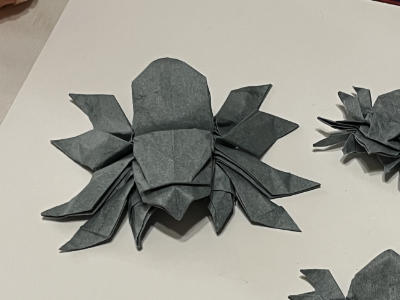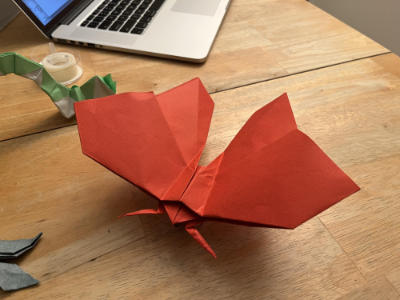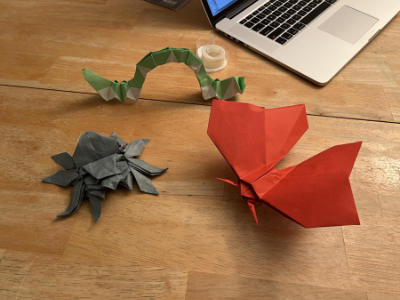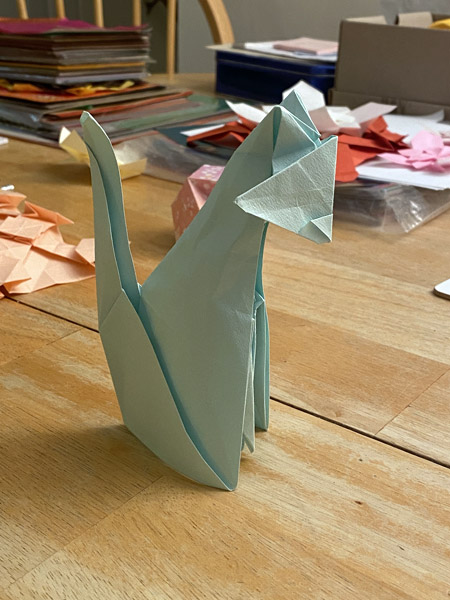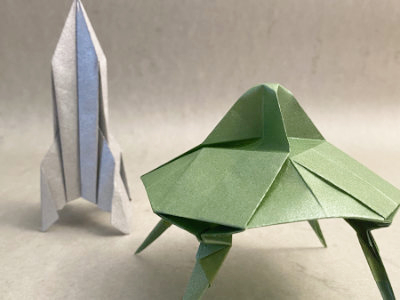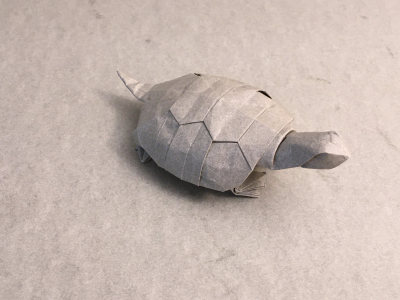The conference started on a Friday so we flew down on a Thursday. As a very tall person, I can’t fly coach on long flights, so it’s been a lifelong side quest to get upgrades on our seats. This time we got full-on first class because the price was pretty reasonable. I can’t stand the whole process of going thru airports and security and everything, it’s all very stressful. But as a perk we got to go into the sky lounge and chill while we waited for our flight with a nice free lunch and well-stocked bar to take the edge off one’s anxiety. As I mentioned I was up late the night before working on my presentation, so I slept on the flight. Flying to Bogota from New York is about that same time and distance as California or western Europe, but in a perpendicular dimension. It was strange getting off the plane and the time zone *not* to have shifted. Instead we had travelled almost due south, and we just a few degrees from the equator.
Getting thru immigration was smooth and fast, and the cab ride to our hotel too. Bogota is a big city, around eight million people, about the same as New York City. Getting around by taxis and buses was fine. It’s also at almost 9,000 feet elevation, which you tended to notice after going up a few flights of stairs, at least the first couple of days.
Our hotel was a youth hostel next door to the main conference hotel. It had a fun, friendly and funky vibe, with a restaurant and bar in the lobby full of reggae and salsa music, and the cheerful comings and goings of backpacking twentysomething gringos alone or in small groups.
Some of our friends had already arrived, and we took a cab to meet them at a bar in the neighborhood. When we got out of the cab I wasn’t sure I was in the right place, but I heard my friend Matt, who had come outside to meet me, call me name. Matt is originally from Connecticut, but has lived in Mexico for ten or fifteen years, and so is fluent in both English and Spanish, as were a good fraction of the group. Ilan, an Israeli and the conference organizer was there, and a handful of people from the local origami group, who were happy to tell us what’s good on the menu and anything else we wanted to know. At the end of the night we decided to walk back to the hotel with our local guides. It seemed as safe as New York or any other big city.
Friday morning we had a really good breakfast at the hotel, with eggs and sausage and some kind of cornmeal muffin, and fresh juice (jugo) and amazing coffee.
The conference was Bogota Universidad, a short walk from the hotel. Walking around the neighborhood helped us get oriented. Our hotel was situated right at the eastern edge of the city, and the university campus wound up into the foothills. Very charming. The conference itself was at the Japan Center, and the first order of business was to set up my exhibit for the exhibition. Since my talk was on single-sheet polyhedra, I brought along a number of this. Also some animals, insects and spaceships.
The talks covered an interesting variety of topics. There was one on indigenous papermaking in Mexico, another was a panel discussion on how to make it as professional origami artist, another on what is art, anyway? and another on one artist’s specific system of tessellations. One thing I found interesting was that, in contrast to European conferences where English tends to be the Lingua Franca, everything here was bilingual. A number of the speakers presented in Spanish and someone translated into English; others presented in English with a Spanish translator. Some presenters fluent in both languages presented first in one then repeated their speech in the other. This was actually great for improving my comprehension of Spanish.
These conferences tend to be pretty social and for lunch we walked down to the hill to the edge of the campus where there was a square with a bunch of restaurants. Along the way we happened to stop in front of a stationary store and I bought a wooden pencil. I had brought one with me but it rolled under the seat of the plane as we were landing. I’ve found a dull pencil works best for marking up a sheet of paper on the reverse side while prefolding, since it won’t leave a mark on the side of the paper that shows. As typically happens at origami conventions, I had a bunch of new ideas for things I wanted to fold. Lunch was hamburguesas con queso azul o americano, most excellent.
I gave my talk at the end of the first day, and it went over extremely well. I think most people were not aware of the single-sheet polyhedron technique, and were blown away by the great results one can achieve with it, including stellated, sunken and dimpled forms, color-changes and combining tessellations with polyhedra. I was super impressed with Jorge, my translator, for conjuring technical mathematical terms such as dodecaedro estrellado.
At the end of the day it was happy hour in Bogota, and the walk back the hotel was full of drum circles, pan flutes and guitars, and street vendors of food and drink. That night was the conference banquet at the hotel. The meal featured a thick tasty soup and a variety of meats. Of course everyone pulled out their packs of paper and started folding and showing one another the things they were working on.
The second day started with another fine breakfast, then a pleasant walk up the hill to the Japan Center and more talks. To honest I can’t remember what they all were, but it was a good mix of art, commerce, deep dives into various technical and aesthetic aspects of origami design, roundtable discussions, and the like. I remember in one panel saying how modernism is over a hundred years old and it’s time to move past that and embrace all forms, high and low from every corner, and the 21st century pop art can be seen as the new global folk art. That seemed to resonate. I also learned that empanadas stuffed with egg, sausage and beans is the ultimate lunchtime power food.
In the afternoon we took a bus uptown into the suburbs, to the French school, where the local folder’s group was holding their weekly meetup, and we were to join forces in a one-day mini convention. There was a break in the early evening, and Jeannie and I decided we needed some more cash for the remainder of the trip. A 50,000 peso note (styled $50.000 down there) is like their twenty-dollar bill, although it’s worth closer to $10 US. Even though the neighborhood looked pretty posh, they’d warned us gringos not to wander around at night, just in case. With Jorge as our guide a small troupe of us set out and ended up at the local supermercado. I was amazed at the variety of fresh fruits I didn’t even recognize, although some seemed in the family of pineapples, mangoes and papayas. In addition to getting cash, everyone got some random thing. Jared got a bottle of rum, and the Polish couple got some Pepsis.
Back at the French school, we did a group activity folding a Jet chocolate wrapper. The wrapper comes with a mini-poster of something Colombian, often an animal, and the challenge is to fold what’s depicted. Mine was a dish of food, a sort of stew of meat and potatoes and corn, and I was told it was a local peasant dish, very popular. After doing a little research, I was already almost of out time, so I decided to try and fold a beet. I didn’t win any prize.
They had dinner (hamberguasas y empanadas) and drinks at the venue. A beer was like fifty cents. Hola! Amazing how the same basic palette of ingredients scales from street carts to fine dining.
Before the convention Jorge had reached out to me about learning to fold my Stellated Octahedron with Color Change. I had time to look up the crease pattern, but I’d never made diagrams. So together we puzzled it out, and I’m amazed he hung in there and did a decent job at a very complex model. After that I went around socializing a learning other people’s models. It’s amazing that, for me at least, face-to-face teaching is still the best way of communicating origami ideas, even in this twenty-first century age of telecommunication. Part of it is that folding is tactile as well as visual. In another group activity, people stood up and briefly explained a favorite paper of theirs, and what kind of folding it’s good for. That’s interesting to listen to, but you don’t know anything until they pass a sheet around and can touch and bend it.
My friend Matt accompanied us on the cab ride back to the hotel, which was good since he had an account for whatever their uber is down there, and speaks Spanish. He made small talk with the driver the whole trip. I contributed a random phrase here and there like, “Si, yo soy un hombre muy grande.”
